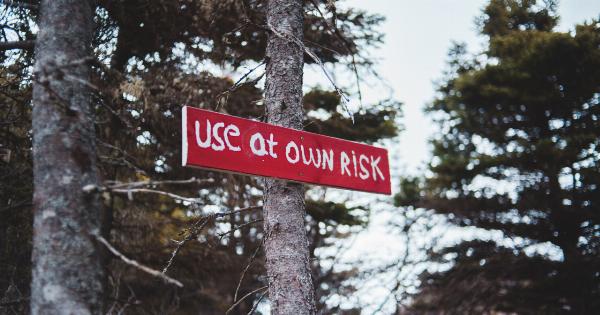The holiday season is an exciting time for many people. Families come together to celebrate, bond, and create memories that will last a lifetime. However, there is a downside to the holidays that many people are not aware of.
According to research, the number of strokes increases by 40% during the holiday season. This is a staggering statistic and it begs the question, why does this happen?.
What is a Stroke?
Before we dive into why stroke rates increase during the holidays, let us first understand what a stroke is. A stroke occurs when the blood supply to the brain is interrupted, either by a blood clot or by a ruptured blood vessel.
Without blood, the brain cells start to die, which can lead to brain damage and even death.
The Causes of Stroke
There are several factors that can increase a person’s risk of stroke. These include age, family history of stroke, high blood pressure, diabetes, smoking, obesity, and lack of physical activity.
While some of these factors cannot be changed, there are others that can be managed, such as high blood pressure and smoking.
Why Strokes Increase During the Holidays
Now that we know what a stroke is and what causes it, let us delve into why stroke rates increase during the holiday season. According to researchers, there are several factors that contribute to this increase:.
- Changes in Diet: During the holidays, people tend to indulge in high-fat and high-sugar foods, which can lead to weight gain and an increase in cholesterol levels. This, in turn, can lead to an increased risk of stroke.
- Increase in Alcohol Consumption: Many people drink alcohol during the holidays, either to celebrate or to cope with stress. Excessive alcohol consumption can lead to high blood pressure, which is a major risk factor for stroke.
- Stress and Anxiety: For some people, the holidays can be a stressful and anxious time, particularly if they are worried about finances or family dynamics. This stress can lead to an increase in blood pressure, which, as we’ve mentioned, is a major risk factor for stroke.
- Lack of Exercise: Many people are so busy during the holidays that they neglect their exercise routine. This lack of physical activity can lead to an increase in weight and a decrease in overall cardiovascular health, both of which can contribute to a higher risk of stroke.
How to Reduce Your Risk of Stroke During the Holidays
Now that we know why stroke rates increase during the holiday season, let us look at some ways to reduce your risk:.
- Maintain a Healthy Diet: While it’s okay to indulge in holiday treats, it’s important to do so in moderation. Make sure that you are eating plenty of fruits and vegetables and avoiding foods that are high in fat and sugar.
- Limit Alcohol Consumption: If you choose to drink during the holidays, do so in moderation. The National Stroke Association recommends no more than two drinks per day for men and one drink per day for women.
- Reduce Stress and Anxiety: The holidays can be a stressful time, but it’s important to find ways to manage your stress. Some ideas include deep breathing, meditation, or spending time with loved ones.
- Stay Active: Even if you are busy during the holidays, it’s important to make time for physical activity. This can be as simple as taking a walk or doing some stretches at home.
- Manage Your Health Conditions: If you have high blood pressure, diabetes, or any other health conditions that increase your risk of stroke, make sure that you are following your doctor’s recommendations for managing these conditions.
Conclusion
The holiday season is a time for celebration and joy, but it’s important to remember that it can also be a time of increased risk for stroke.
By understanding the risk factors and taking steps to reduce your risk, you can enjoy the holidays while safeguarding your health.




























